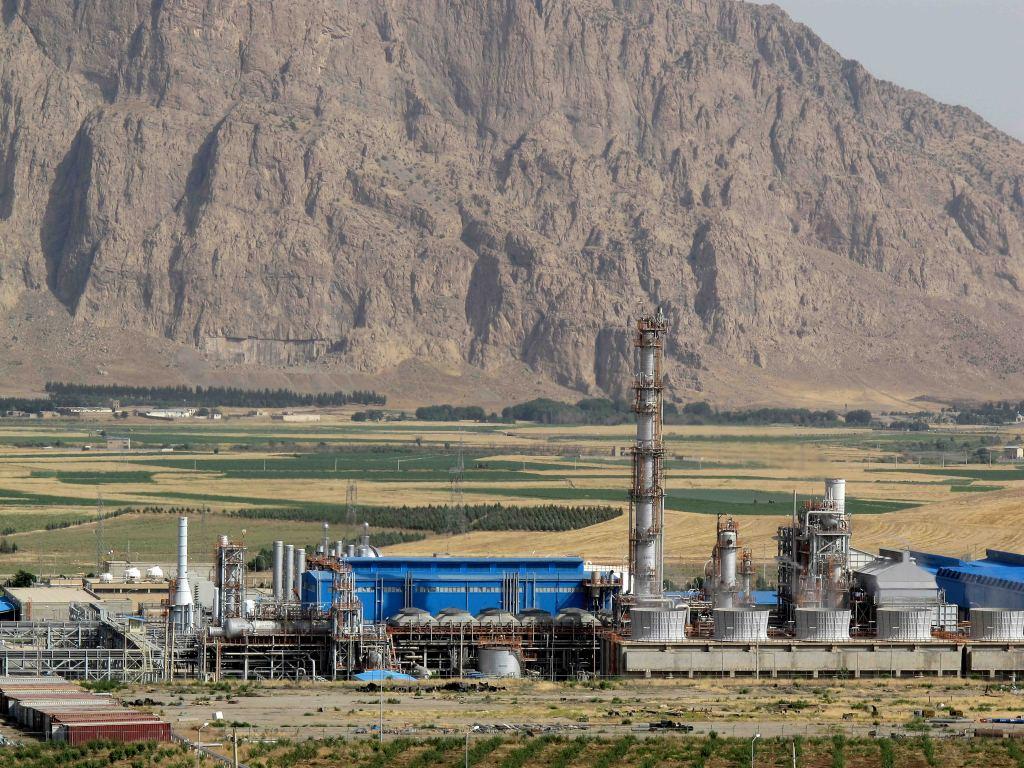The much-needed technical know-how and licenses for the development of the second phase of Kermanshah Petrochemical Industries Company will be provided by the international firm KBR, formerly a subsidiary of Halliburton, the managing director of the plant said.
“KBR, an engineering, procurement and construction company, will provide the Iranian firm, located in Kermanshah Province in the west, with licenses to manufacture a range of petrochemical products with higher value added,” Ahmadreza Ashtari was also quoted as saying by ILNA on Tuesday.
Pointing to the development venture that is part of a drive to complete the value chain in the downstream petrochemical industry, Ashtari said, “The project has registered a work-in-progress rate of 25% and all required licenses to expand the plant’s second phase have been obtained.”
“The project is estimated to require about €400 million ($475 million) in finance, €240 million of which will be provided through foreign financial resources,” he said with no elaboration, adding that serious talks are underway to finance the rest of the plan via the National Development Fund of Iran.
The official added that German petrochemical giants, namely Basel, TIB Chemical and the Dutch Stamicarbon petrochemical firm, have also expressed readiness to supply the Iranian side with advanced technical expertise to extend the second phase of Kermanshah’s petrochemical complex.
According to the official, one of the most important advantages of this complex is its proximity to the growing Iraqi and Turkish urea markets. Asked about the plant’s feedstock, he said the complex requires 560 million cubic meters of natural gas per annum, which is supplied by the cross-country pipeline, aka Iran Gas Trunkline.
The official added that the complex has an installed annual production capacities of 396,000 tons of ammonia and 660,000 tons of granular urea, with related utility units.
Ashtari noted that the implementation of the second phase of this complex is already on the company’s agenda, as it will raise the production capacity of ammonia and urea by 2,400 and 4,000 tons per day respectively, contributing to the income of the region through increased valuation of natural gas and further job generation.
Highly-Used Petrochemicals
The county is set to become one of the largest domestic producers of highly-used petrochemicals, ethylene, as the building block for a vast range of chemicals, propylene, thermoplastic polymer with wide applications in packaging, textiles, laboratory equipment and automotive components.
Iran is expanding its petrochemical industry to generate more revenue from chemicals and petrochemicals that offer higher value-added compared to the raw sale of crude oil and natural gas.
Petrochemical is Iran’s most important industry after oil and gas. State-owned National Petrochemical Company hopes to lift nominal output capacity to 120 million tons per annum by 2022, the end of Iran’s Sixth Five-Year Economic Development Plan.
Iran’s petrochemical production is forecast to reach 60 million tons by March 2018, as nominal output capacity is set to reach 72 million tons upon the launch of a slew of projects. Petrochemical exports also exceeded 7 million tons in the first four months of the current fiscal year (March 21-July 22), generating $3.5 billion.
The country exported 7.188 million tons of petrochemicals and polymers, up nearly 5% from 6.84 million tons in the same period of last year, according to National Petrochemical Company data.
Tehran earned $9.55 billion in revenues from petrochemical exports last year, official data show. The petrochemical consignments were mostly dispatched to Asia, Europe and South America.


